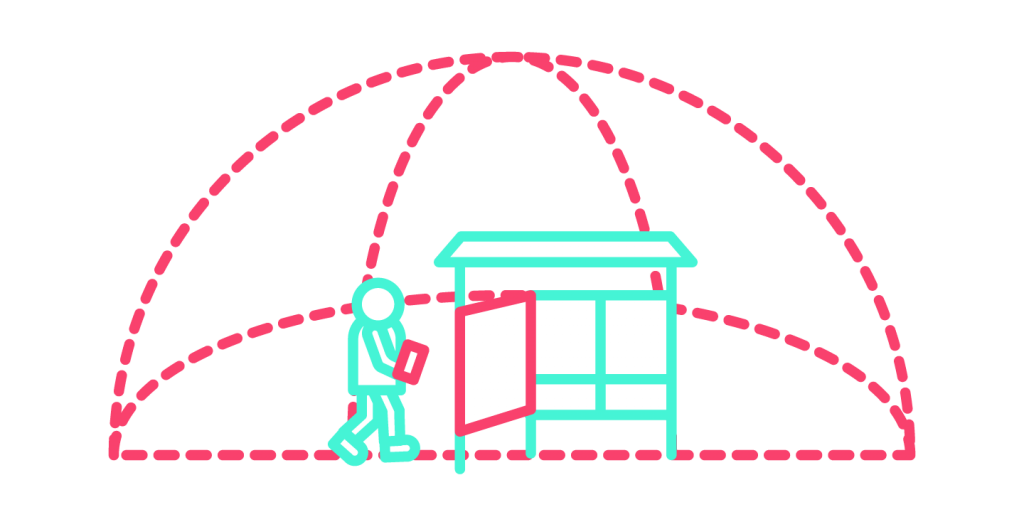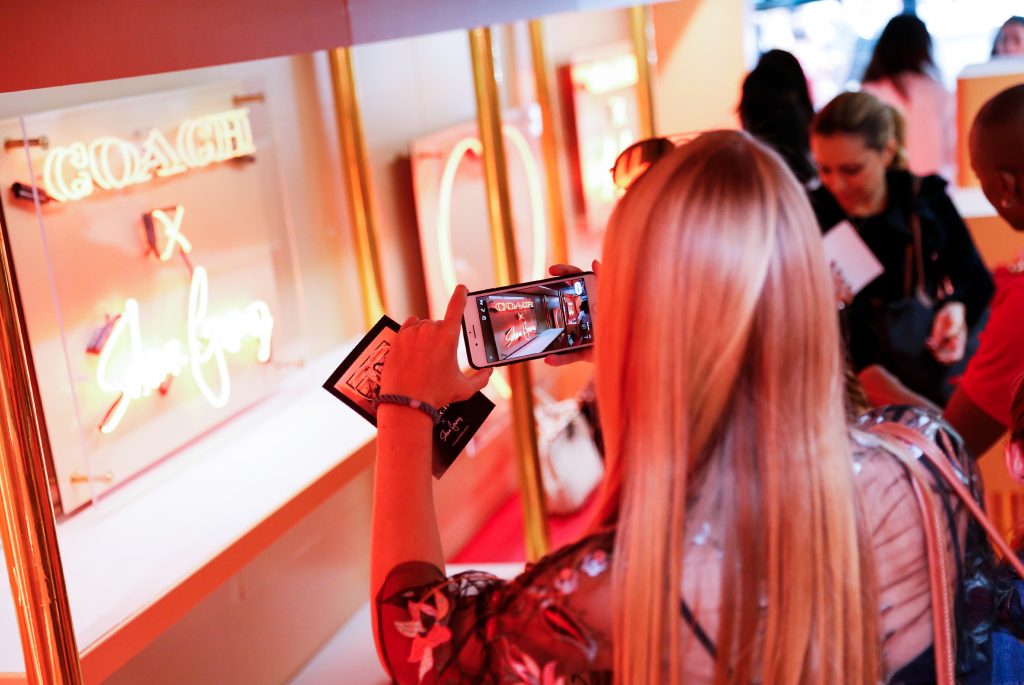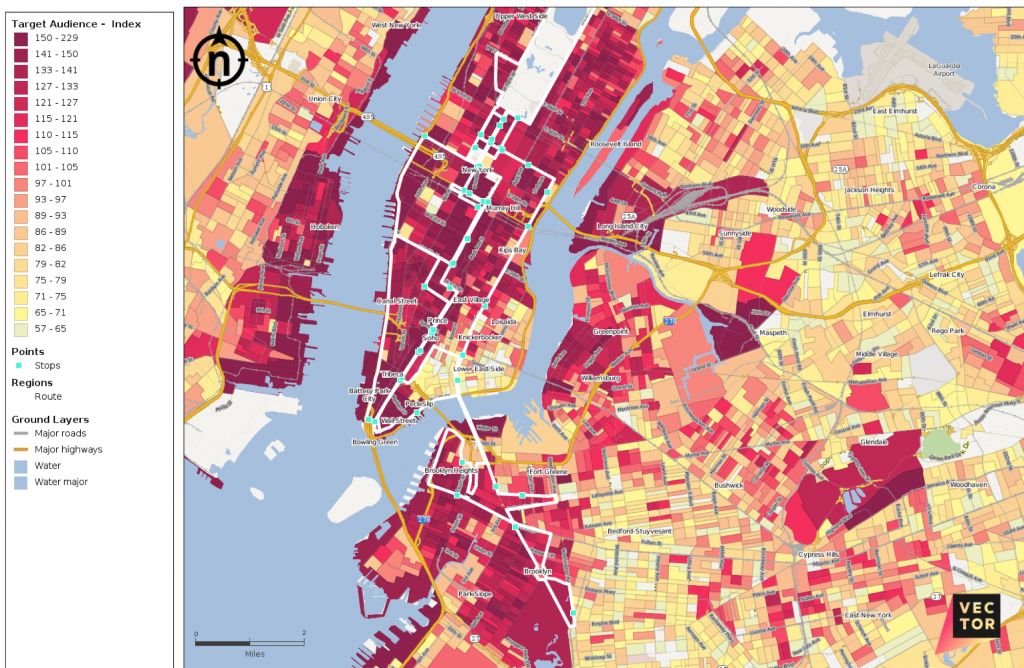How Out-of-Home is Using Data to Get “Smart”
Out-of-home advertising is the oldest form of advertising, dating back to the Egyptians who used Papyrus to make wall posters. Today it remains the only form of traditional (i.e., non-digital) advertising that continues to grow year in and year out. “OOH” allows advertisers to promote their brand(s) through large, impactful visuals in the real world, reaching droves of consumers where they work, play and travel.
While OOH’s widely accepted brand building capabilities have never been in question, the one main gripe with OOH advertising has been a lack of data and measurement – “how do I measure what am I getting?”, particularly in the last 25 years as digital advertising has emerged. Expectations from marketers have evolved — they want and deserve better attribution, targeting and an ability to track ROI. But while folks have been looking the other way, OOH has made remarkable progress in the past few years as a result of a few key technological advances.
HOW OOH CAUGHT UP
The mobile device enabled endless opportunities for the OOH industry to provide access to anonymous, privacy-protected data on where users are throughout the day, where they spend their free time, and how they interact with the world around them. It took a while for the OOH industry to figure out how to capture and use this data, but that time has arrived.
Here at Vector, we use data every day to build and measure campaigns in pretty extraordinary ways. We look at campaigns in 3 phases: Planning, Activation, & Results. Let’s take a look at each:
THE PLANNING PHASE:
It starts with building the perfect plan. One of the coolest tools we use is a product called ElementOne from Neustar. We use this tool to help brands intelligently plan where and how they use our products based on demo and psychographic data. For example, a high-end fashion brand may be interested in finding individuals that meet the following criteria:
- Adults 18-34 with a household income of $100k+ and live in the NYC metro area
- Keeps up with the latest fashion trends
- Goes shopping 3x a month or more
- Has spent $1,000 or more on clothes in the last 6 months
ElementOne then generates heat maps that showcase where individuals with a higher propensity to fit these segments spend most of their time. Based on that we optimize our client’s campaigns, selecting amongst our various double decker and other fixed route inventory that target those target-rich areas. At times we create custom routes to further maximize efficiency. See the example below. Pretty cool, right?
In addition to custom routing based on heat maps, we also partner with 3rd party research groups to conduct pre-campaign surveys via mobile devices as part of pre/post wave attribution studies.
THE ACTIVATION PHASE:
We launch the campaign, but we don’t sit on our heels. Instead, we provide our advertisers with the ability to utilize “smart transit.” We use this term to describe the combination of OOH + Digital to capture attention in the real world, and to continue the engagement of those individuals through their mobile devices.
One useful example of this is mobile retargeting. Through geo-tagging, brands can capture individuals who have taken notice of impactful OOH placements, and use mobile display networks to drive home that creative after the fact. This one-two punch has proven effective, with a recent study of three quick-service restaurants showing that the brand using OOH + Mobile Retargeting drove a 365% lift in visitation when compared to consumers not exposed to the OOH+ mobile campaign

THE RESULTS PHASE:
At the end of the day, marketers need to understand their investments in greater detail than the past. Thankfully, mobile data now available makes this part easier than ever. Most vendors measure OOH campaigns through impressions only. But we like to take things a few steps further, to better understand the true IMPACT of each campaign, not just how many people saw the Ads. We use pre/post mobile surveys to supplement available quantitative data with truly meaningful qualitative information. This helps brands understand who saw the adverts, brand & message recall, retail foot traffic and online search activity- a long way from mere impressions.
A recent Vector partnership with a financial services provider used impact studies to understand the success of a large campaign across 5 major markets. The study showed recall of the brand’s new tagline increased by more than 4X. While intent to visit the brand increased 139%. All the while, quantitative data showing a 100% increase in website visitation from users who saw the adverts.
We also partnered with one of the largest and oldest retailers in the US on an attribution study related to an 8 week campaign in New York that yielded a 10% lift in retail traffic and 40% lift in intent to visit the company’s e-commerce site, all directly attributable to the OOH campaign
The mobile device has truly transformed the OOH industry. A medium that has been around for hundreds of years is now back in the ballgame, with targeting and measurement capabilities that rival the best. It looks like the age of Smart OOH is here. Maybe it’s time for your brand to take notice.

